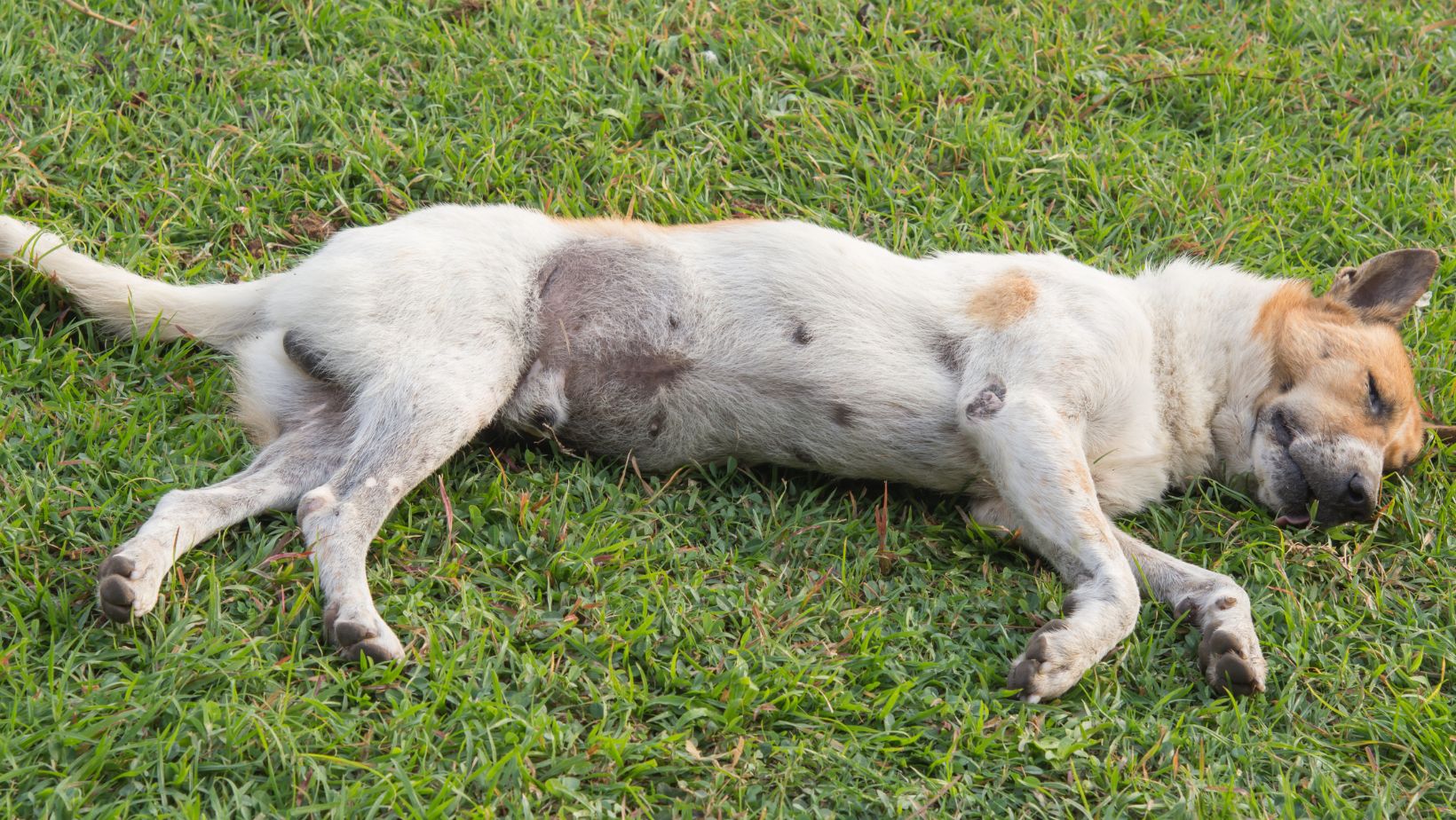The Shocking Truth: How Long Can an Animal Be Dead Before the Meat Goes Bad

When it comes to the shelf life of meat, understanding how long an animal can be dead before the meat goes bad is essential. The freshness and quality of meat can significantly impact its taste and safety for consumption. So, let’s delve into this intriguing question and shed some light on the matter.
The duration that an animal can be dead before its meat spoils depends on various factors such as temperature, storage conditions, and the type of meat itself. Generally speaking, once an animal is slaughtered, a process called rigor mortis sets in. During this period, muscle fibers contract and stiffen, causing the meat to become tough. However, after rigor mortis passes (which usually takes a few hours to a couple of days), the aging process begins.
How Long Can an Animal Be Dead Before the Meat Goes Bad
Factors Affecting Meat Spoilage
When it comes to the shelf life of meat after an animal has died, several factors come into play. The duration before meat goes bad depends on various elements that influence its spoilage rate. Some crucial factors affecting meat spoilage include:
- Temperature: The temperature at which the carcass is stored plays a significant role in determining how quickly the meat will spoil. Higher temperatures create ideal conditions for bacterial growth, accelerating decay.
- Hygiene and Sanitation: Proper hygiene and sanitation practices are essential in preserving meat quality. Contamination during processing or storage can introduce harmful bacteria that expedite spoilage.
- Humidity: Moisture levels impact the growth of microorganisms on the meat’s surface, thereby affecting its freshness and longevity.
- Animal Health: The overall health of the animal before slaughter also affects how long its meat will stay fresh after death. Diseased or stressed animals may have a higher risk of microbial contamination, leading to quicker spoilage.
- Meat Quality: Different types of meats have varying natural preservatives and enzymatic activities that affect their shelf life differently.
The Role of Bacteria in Meat Decay
Bacteria play a vital role in causing meat to go bad over time. During decomposition, bacteria break down proteins and produce enzymes that contribute to off-flavors and odors characteristic of spoiled meat. Certain bacteria like Escherichia coli (E.coli), Salmonella, Listeria monocytogenes, and Clostridium perfringens can pose serious health risks if ingested through spoiled meat consumption.
It’s worth noting that not all bacteria are harmful; many exist naturally on animal surfaces and within their bodies without causing harm while alive. However, once an animal dies, these bacteria begin multiplying rapidly, leading to spoilage. The presence of harmful bacteria can significantly accelerate the process.

The Role of Oxygen in Meat Spoilage
When it comes to determining how long an animal can be dead before the meat goes bad, understanding the role of oxygen is crucial. Oxygen plays a significant part in the spoilage process by promoting the growth of bacteria and other microorganisms that cause meat to deteriorate.
Here are a few key points on how oxygen affects meat spoilage:
- Oxidation: When exposed to oxygen, certain components in meat, such as fats and proteins, undergo oxidation. This oxidative process leads to the development of off-flavors and rancidity in the meat.
- Aerobic Bacteria: Oxygen provides an ideal environment for aerobic bacteria to flourish. These bacteria thrive in the presence of oxygen and can break down proteins and produce unpleasant odors and flavors.
- Color Changes: Exposure to oxygen can also impact the color of meat. Oxymyoglobin, a pigment responsible for the bright red color in fresh meat, reacts with oxygen turning into metmyoglobin which causes a brownish discoloration.
It’s important to note that while oxygen plays a role in hastening meat spoilage, other factors such as temperature, moisture levels, and hygiene practices also contribute significantly.
To maintain optimal freshness and quality:
- Store raw meats at temperatures below 40°F (4°C) or freeze them at 0°F (-18°C) until ready for use.
- Wrap meats tightly or store them in airtight containers to limit exposure to air.
- Properly clean all utensils and surfaces used during food preparation.
- Follow recommended storage times for different types of meats – check with your local food safety guidelines for specific recommendations.
While there is no exact timeframe for how long an animal can be dead before its meat goes bad due to various factors involved, ensuring proper handling practices from harvest or purchase through storage will help maximize shelf life and minimize bacterial growth.
Remember, when it comes to meat spoilage, it’s always better to err on the side of caution and prioritize food safety.




